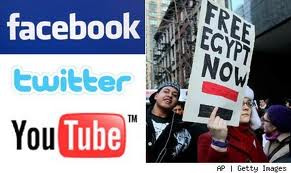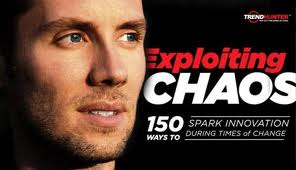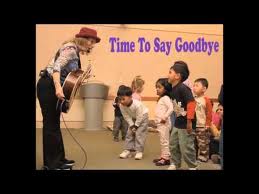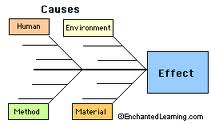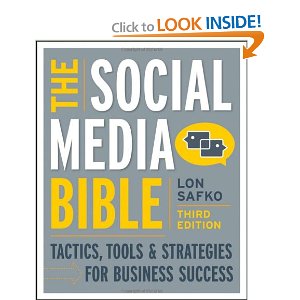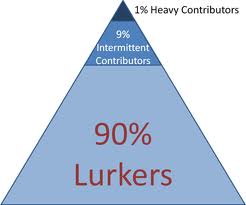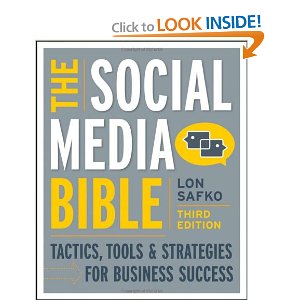 Welcome to O.D. Fridays at DonorDreams blog. Every Friday for the foreseeable future we will be looking more closely at a recent post from John Greco’s blog called “johnponders ~ about life at work, mostly” and applying his organizational development messages to the non-profit community.
Welcome to O.D. Fridays at DonorDreams blog. Every Friday for the foreseeable future we will be looking more closely at a recent post from John Greco’s blog called “johnponders ~ about life at work, mostly” and applying his organizational development messages to the non-profit community.
Today, I am not really “focusing” on John’s recent post about inside-the-box thinking, outside-the-box thinking, and just plain old reconstruction of your box thinking. Instead, I’m using his post as a springboard to set-up deeper discussions next Tuesday, Wednesday and Thursday on specific “inside-the-box thinking” topics pertaining to the non-profit community.
When I was a young executive director a decade ago, I decided a few years into my tenure that I probably didn’t know everything there was to know about running a non-profit organization and a business. So, I committed myself to becoming a lifelong learner about such things. I started reading various manuals that our national organization published. I used Google to search for online articles. I especially loved going to Borders book stores on weekends and purchasing business books.
When John talked about the importance of organizational leadership and building new boxes where employees can be productive again, it reminded me of a book I once read and still sits on my bookshelf. The author is Kirk Cheyfitz, and the book is titled “Thinking Inside The Box: The 12 Timeless Rules for Managing a Successful Business“.
After reading a sentence or two from that short promotional passage on the inside cover, purchasing the book was a forgone conclusion. It was these words that hooked me and succinctly captures the essence of the book:
“For the past decade and more, everyone in business was told that success in a rapidly changing world required constant “thinking outside the box.” The result has often been financially and ethically disastrous. Now, in a radical reassessment of what really works, this book shows that the business world lost its way when it forgot how to think inside the box.”
Hmmmm? Re-reading those same words today now makes me think about Wall Street, mortgage-backed securities, derivatives, and the economic crash of 2008. However, I will resist the temptation of going down that rabbit hole this morning.
There are many things that stick with me 10 years after reading this book. One of the biggest things is what goes through my mind every time I hear a non-profit executive director say those magical words:
“Thinking outside-the-box”
 I don’t conjure up images of “innovation” or “leadership” like many other people apparently do. The first thing that runs through my head is “uh-oh, they’re in trouble”. For me, the phrase “thinking outside-the-box” represents all of the following:
I don’t conjure up images of “innovation” or “leadership” like many other people apparently do. The first thing that runs through my head is “uh-oh, they’re in trouble”. For me, the phrase “thinking outside-the-box” represents all of the following:
- magical thinking
- hope (which is not a strategy)
- abandonment of best practices
I believe there are some “business practices” that are timeless and always work regardless of which sector you’re working and in what boxes you find yourself. Abandoning those practices in the name of “outside-the-box thinking” is what gets you in trouble.
For example, the following are just a few of the chapter titles you will find in the book:
- The Money Box: Cash Is Everything . . . If you don’t manage your cash, you won’t be managing anything for long.
- The Box Top: Customers Are the Boss . . . Give customers what they want, not what you want to give them.
- The Basic Box: Some Things Never Change . . . Know the difference between what will change and what won’t, and pay attention to the former.
- The Marketing Box: Unifying the Whole Business . . . You should be selling all the time.
- The People Box: Hire Smart or Manage Hard . . . When it comes to people, you can hire smart and get out of the way, or you can run yourself ragged micromanaging.
There are many more chapters with equally thought-provoking business practices. Every new non-profit executive director should read this book.
Next week I will choose three chapters and go in-depth on those subjects in a way that speaks to the challenges non-profit leaders face every day. I also will pull stories from my non-profit experiences to illustrate those points and have a little fund along the way.
Using the poll below, please vote for three ideas that interest you the most. If you’re a subscriber and reading this as an email, you may not be able to vote (you never know … please try). If you find that you can’t vote from the email copy of this post, please click the hyperlink blog post title, which will take you to my WordPress blog site and cast your vote there. I am genuinely interested in your opinion and need help shaping next week’s content. Please?
[polldaddy poll=6533936]
For the love of God, it is 2012 and it is a Presidential Election year. Please vote!
Have you ever done something that you and others considered “outside-the-box”? If so, what was it? Did it work? How do you know it worked? Would you have been better off building a different box per John Greco’s suggestion? Please weigh-in with your thoughts using the comment box below (and please take 5 seconds to cast your votes).
Here’s to your health!
Erik Anderson
Founder & President, The Healthy Non-Profit LLC
www.thehealthynonprofit.com
erik@thehealthynonprofit.com
http://twitter.com/#!/eanderson847
http://www.facebook.com/eanderson847
http://www.linkedin.com/in/erikanderson847

